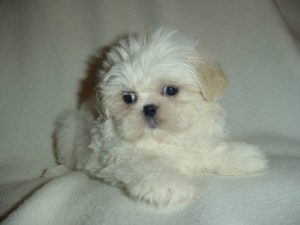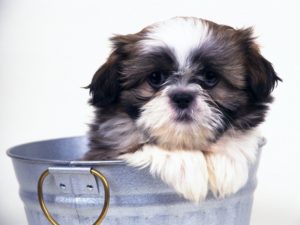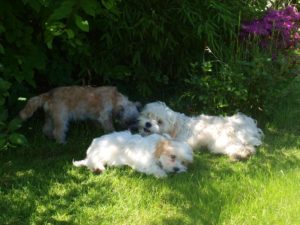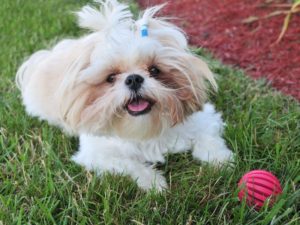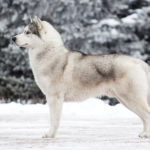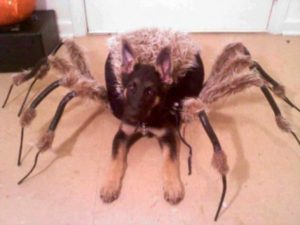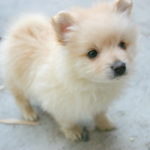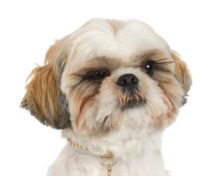
Shih Tzu
Popularity: №20
Origin: China
full info about breed >>
It’s undoubtedly that all dogs, including Shih Tzu, need to be properly bathed. In addition to being uncomfortable, dirt results in fur matting and skin irritation. Though too many bathes (e.g. every other day) can also be detrimental for your pooch, since it will dry his skin and allow too much body oil to accumulate on the skin.
How Often?
Basically, bathing frequency depends on a dog’s age. An adult Shih Tzu should be bathed every 3 weeks. Puppies which haven’t yet grown a long coat require bathing on monthly basis. Though, of course, if the dog got really filthy from any activity, it should be cleaned right away, even if the period of a month or the 3-weeks is not over.
How Should I Wash the Dog?
Apart from the schedule, you should mind technique as well. Even though, bathing Shih Tzu is more than just placing it in the sink and scrubbing with a brush, but still it can hardly be called too difficult or time-consuming. This is a step-by-step instruction on how to properly wash your Shih Tzu without causing too much of its anxiety:
- Buy a high quality dog shampoo (avoid economizing on it, for a cheap shampoo can wreck the coat).
- Brush over the coat before putting the dog in a tub.
- Pour lukewarm water into a sink or a tub.
- Lather up and scrub the entire dog’s body, including tail, face and genitals, with your hands. Puppy coat can be scrubbed with a bath brush.
- Area under and around the eyes should be thoroughly cleaned with a toothbrush.
- (Optional) Being unnecessary, it’s still preferable for you to inspect medical condition of your dog’s anal glands. It’s more comfortable to do during the bathing because this procedure is generally messy and requires washing as such.
Rinse out the subs so that nothing is left on the skin. Don’t let residue remain on skin, because it may lead to skin problems. - Use a conditioner to protect hair shafts and restore split ends.
- Apply a leave-in spray to protect coat from the sun, arid and windy environment so that the skin doesn’t dry up.
During the bathing, you should speak to your pet in a quiet, caring tone and show a nice, happy attitude to make your dog less restrained and anxious.
Drying Up
As soon as you rinse out the tub, wrap a few absorbent around the dog and soak up water, using patting motion. Then dry your dog up with a hair-dryer, rubbing the coat to get rid of wetness even from the deep inside the coat. Once the hairs are dry enough to be separated, you can then finish off by using a brush. However, if you don’t it’s not something terrible; after all, to remove excess water a Shih Tzu, like any other dog, can simply shake it off.


